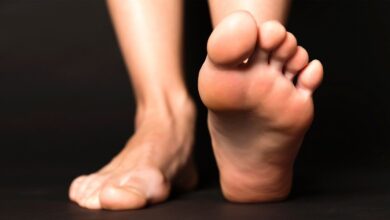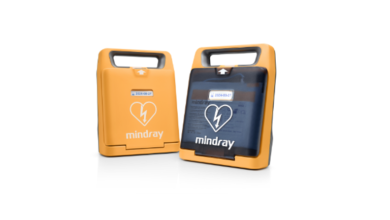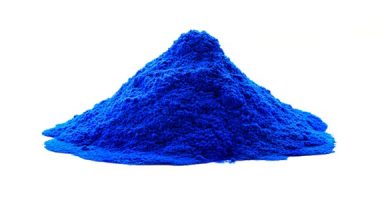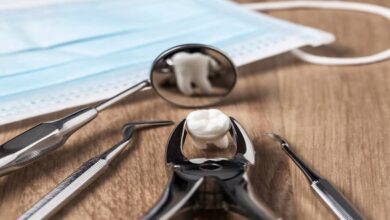USA Fibroid Centres in New Jersey

Uterine Fibroid Embolization in NJ is a common benign condition and should be handled by a top fibroid specialist. What are you waiting to do? Call USA Fibroid Centers New Jersey today to make an appointment.
Learn all about Uterine fibroid embolization in NJ.
Uterine fibroids, which are benign tumors found in the female reproductive system, are common. These fibroids are formed from the muscular tissue in the uterus and agglomerate into a generally round shape. Fibroids are more common in women of childbearing years. They can be found between 12 and 25%. Their prevalence is higher than that of other conditions, as they don’t cause any symptoms and often go unnoticed. Fibroids have been found in as high as 80% of the analyzed uteri.
They grow primarily due to the effects of female hormones. This means that they can increase in size and numbers during the period between first and last menstruation (menopause). Fibroids are most common in women at the end of their reproductive years. They can be increased with hormonal stimuli such as pregnancy, natural menstrual cycles, and other hormones. Fibroids shrink in size after menopause and childbirth due to a decrease in hormone levels. In some cases, they even disappear. It is rare for fibroids to appear before menstruation.
Fibroids are more likely to occur if you have a high risk factor, such as your ethnicity, your early menstruation, and the number of children. Schedule a visit to USA Fibroid Centers, New Jersey.
There are many fibroids that can be found, and each one is different in size and location. We can define various types of fibroids based on where they are located within the uterus.
Subserosal Fiboids are found in the outermost portion of the uterus, towards the pelvis.
Intramural fibroids are found in the thicknesses of the uterine walls.
Submucosal fibroids are found partially or completely within the uterine cavity.
Most fibroids don’t produce symptoms. The location of the fibroid is more important than its size and number.
Two large groups of symptoms are associated with fibroids.
Urinary irregular bleeding is the most common symptom. It is also the leading reason for women to see a doctor. As a result, a fibroid can be diagnosed. The more the fibroid is close to the uterine cavity the more severe and frequent the bleeding episodes. These can cause prolonged and heavy periods, but rarely bleeding between periods.
Compression symptoms are dependent on the size and location of the fibroids. The presence of fibroids can make the uterus appear larger. This may cause a woman to experience a voluminous uterus and other symptoms.
The fibroid specialist performs a complete gynecological exam by palpating your uterus. In the gynecology consult, an ultrasound is performed. It is usually not necessary to perform any additional tests such as magnetic resonance imaging (CT) or CT. These are reserved for cases where there are doubts in the diagnosis or to better monitor the size and location of fibroids that are significant.
There are a few pharmacological options to treat fibroids that cause heavy bleeding. These include antifibrinolytics and NSAIDs. Oral hormonal contraceptives such as the IUD with Levonorgestrel, or the subcutaneous Implant, can also be used to decrease the bleeding. The volume can be reduced by some drugs.
Instructions to Uterine Fibroid Embolization In NJ
The USA Fibroid Centers of New Jersey is where our best and most experienced fibroid specialist performs uterine fibroid embolization. This procedure is also called Uterine Fibroid Embolization. Uterine myomas, or fibroids, are benign (noncancerous) tumors.
Uterine fibroid embolization in NJ can be used to stop the blood supply to the cancerous cells. This procedure reduces the size and appearance of fibroids. Tiny plastic particles are injected into blood vessels to reduce the size of the fibroids. The tiny plastic particles build up in the blood vessels and block blood flow. During this procedure, the healthcare provider makes a small incision in the groin. The catheter (or thin tube) is passed through the blood vessels in the leg into the uterus.
These are some suggestions to take care at home after this procedure.
Two days is the limit on your activities
Gradually increase your activity during the week that follows the procedure
Don’t drive for more than 24 hours.
Two days of climbing stairs is not enough.
For one week, do not lift any weight.
For two days, do not bend at the waist.
Additional care at home
If your vaginal discharge appears grayish or brownish, don’t be alarmed. This is due to the disintegration and regrowth of the fibrid. This is normal.
The bleeding will be more intense during the next 2 or 3 periods.
Follow the instructions and take your medication as prescribed. Do not miss any doses.
Drink 6-8 glasses of water per day unless instructed otherwise. This will help prevent dehydration. This helps to flush out any contrast medium that was used during the procedure.
For a week, you should take your temperature every day and inspect the incision for signs of infection.
Ask for a fibroid specialist NJ to help you determine if you are able to safely return swimming or tub-bathing.
As directed, schedule a follow-up appointment with our Fibroid Specialist in NJ.
How to contact our fibroid specialist NJ?
In any of these cases, call your fibroid specialist at USA Fibroid Centres in New Jersey immediately
Persistent pain
Leg numbness
Fever above 100.4F
Chill out
Breathing problems
Leg coldness, or bluish appearance
Urine containing blood
Black stools
The fibroid diagnosis in a gynecological consult is persistent. It usually occurs in women who have no symptoms but can still be treated with periodic checkups.
Enhance your maxcio menu items with plating techniques that create a wow factor for your customers. Use eco-friendly packaging for takeaway options to appeal to environmentally conscious diners.





